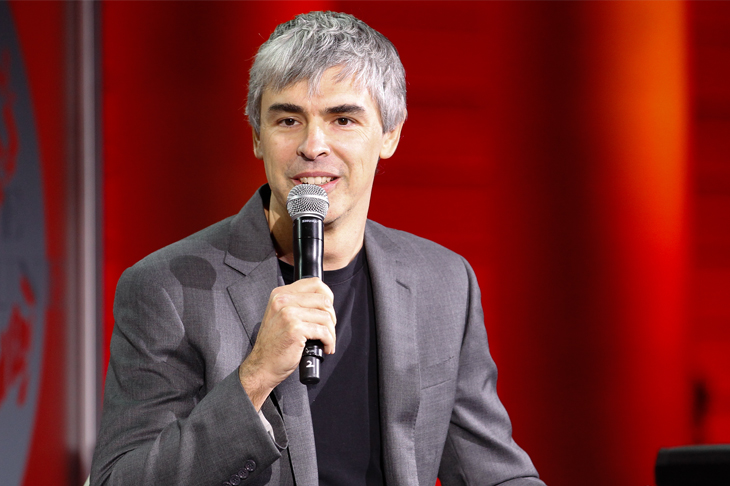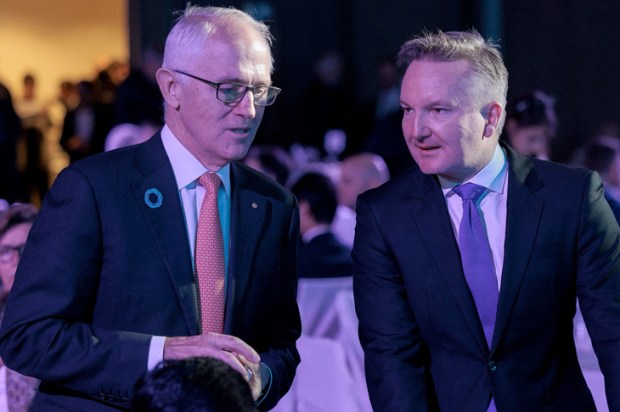Have you heard the latest rumour? Larry Page of Google fame and gazillionaire is now the proud holder of an Australian passport. Of course, no one is expecting him to live in Australia, or even visit much for that matter.
But under Australia’s expanded Global Talent Independent Program, Page has been able to be ‘recruited’ to join a list of other globally talented people. Evidently, it’s possible to secure an Australian passport within four days. For others, it takes literally years and the expenditure of many thousands of dollars.
According to the blurb, ‘the Global Talent Independent Program is a streamlined visa pathway for highly skilled professionals to work and live permanently in Australia…. Through the program, talented individuals will be given permanent residency to make their new lives in Australia’.
Obviously, holders of GTI visas will be entitled to bring ‘eligible relatives’ with them who will also be entitled to hold Australian passports. But not to worry, the program ‘will create opportunities for Australians by transferring skills, promoting innovation, and creating jobs’.
The government regards this program as so important that it has increased the number of spots in this visa category from 5,000 to 15,000 per year and has set up a taskforce (who doesn’t love a taskforce?) to promote the scheme.
Led by a former head of the Property Council of Australia – we all know that the property industry can never have too many migrants – the taskforce goes by the name Global Business and Talent Attraction Taskforce. All the obvious federal government departments are represented on the taskforce, including Treasury, of course.
And here’s what the taskforce is all about (bonus points for spotting all the clichés): ‘the Taskforce is working to realise the Australian government’s vision to turbocharge the economy and boost prosperity across the nation. Our mission is to transform Australia into a more powerful magnet for marquee enterprises and exceptional individuals so we can reap the benefit of their ideas, capital, talent and networks’.
‘We are looking for businesses that can build clusters or ecosystems of excellence in priority sectors, conduct cutting-edge research and development, and fill gaps in supply chains. We want these apex enterprises to partner with local companies and institutions to help deliver our blueprint for economic growth’.
Who writes this stuff? What the hell are marquee or apex enterprises or ecosystems of excellence? I have a sinking feeling that taxpayers might have been seriously touched up by some jumped up, ill-educated consultants to write this bilge.
Mind you, none of these bureaucrats on the taskforce would have the faintest clue about attracting global talent, let alone whether attracting global talent is really a good idea. But here’s a particularly questionable part of the scheme: being nominated by the head of the taskforce is a sure-fire pathway to gaining an Australian passport. Does that sound ethical?
Of course, there won’t be any actual obligation on the part of GTI visa holders to live in Australia and the individuals who are granted these visas will generally either hold other passports or have a right to reside in other countries. What we are really offering is a passport of convenience to those who can demonstrate that they are capable of earning more than $156,000 per year.
The only good thing about this program is that it is proving a real struggle to make the targets. It would seem that there are really not that many globally talented people, including those from China, who are dying to take up the GTI offer.
The broader point here is that Australia’s immigration program remains absolutely shambolic, with the key sub-programs essentially driven by the demands of the business community, property developers and educational providers. And this is against the backdrop of Treasury’s unrelenting support for high rates of immigration.
Treasury secretary Steven Kennedy reminded us of his enthusiasm for immigration in the week after the spend-a-thon budget. ‘A return to open international borders and stable, well-balanced migration at an appropriate level remains in Australia’s interests. Migrants – particularly skilled, working age migrants – deliver an economic dividend for Australia, raising workforce participation in the longer term and likely productivity growth’. Of course, it’s pretty hard to argue with well-balanced anything or an appropriate level, whatever that is. And you never know, it might lead to productivity growth; but again, it might not.
But let’s take a look at the details. When a primary applicant is granted a visa, a secondary applicant is automatically granted a visa too. While it is true that the labour force participation rates of skilled primary applicants are higher than Australian-born people (and this of course includes lots of unskilled and semiskilled workers), this is not the case for secondary applicants.
For family visa holders (and bear in mind that family visa holders now make up 50 per cent of the permanent intake), their rates of labour force participation are lower than for Australian-born persons, for both primary and secondary applicants. And their rates of unemployment are also significantly higher than for the Australian-born.
When we look at the employer-sponsored part of the skill program, we note that the list of occupations that determine whether an applicant will be granted a visa is much longer than the list of occupations for independent skill applicants.
Moreover, there is really no English proficiency required for employer-sponsored migrants and the labour market testing is basically a joke. It is common for ethnically owned businesses to recruit migrants from their same ethnic group.
Given that our international borders are effectively closed, it is the right time to review some core weaknesses in our immigration program, both permanent and temporary. The Prime Minister and various immigration ministers have been inclined to pat themselves on the back by suggesting we have one of the best immigration programs in the world and that other countries are keen to emulate our success. The truth is actually very different.
With so many employers complaining of worker shortages, the first response should be higher wages to attract and retain workers and the second should be investing in the training of local workers. The government should simply refuse employers’ pleas to open the immigration floodgates when it is safe to do so.
In the meantime, we can look forward to Larry Page transferring a few skills, promoting innovation and creating new jobs. I can’t wait.
Got something to add? Join the discussion and comment below.
Get 10 issues for just $10
Subscribe to The Spectator Australia today for the next 10 magazine issues, plus full online access, for just $10.
You might disagree with half of it, but you’ll enjoy reading all of it. Try your first month for free, then just $2 a week for the remainder of your first year.














Comments
Don't miss out
Join the conversation with other Spectator Australia readers. Subscribe to leave a comment.
SUBSCRIBEAlready a subscriber? Log in